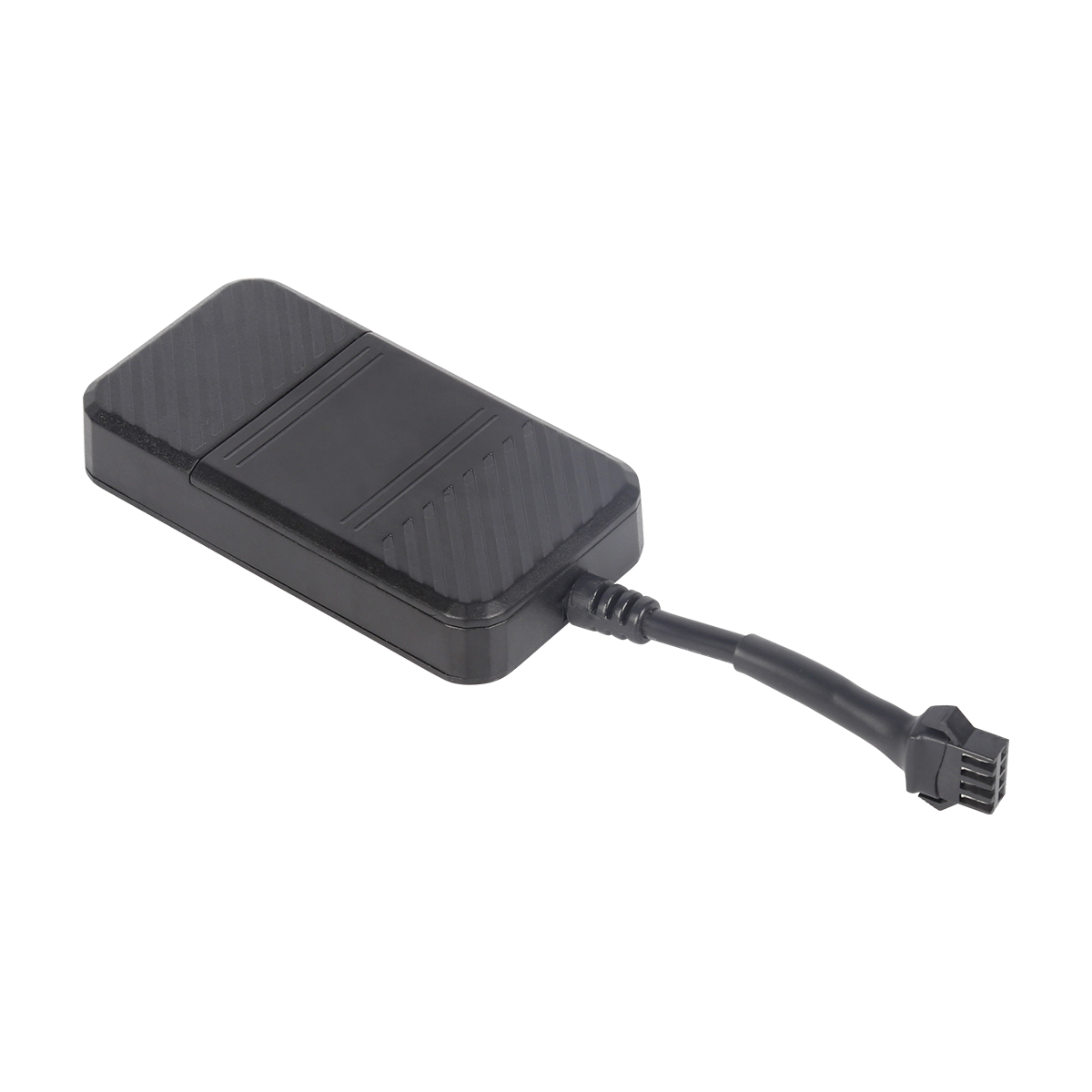source:truck tracking webfleet solutions release time:2023-12-20 Hits: Popular:realtime gps tracker online

1、 Satellite trajectory
Currently, GPS has 24 satellites orbiting the Earth along six orbits, and there are generally not more than 12 satellites on the same side of the Earth. Most GPS receivers can track 8-12 satellites. Calculating two-dimensional coordinates requires at least three satellites, and adding one satellite can calculate three-dimensional coordinates. For a specific location, the receiver knows which satellites are nearby, and the principle is to continuously receive signals from the satellites for updates.
2、 Parallel channel
Generally, ordinary GPS devices receive satellite signals through 2-5 parallel channels. According to the rule that up to 12 satellites may be on the same side, the GPS receiver must sequentially access each satellite to obtain relevant data information.
Most high-end GPS receivers are 12 parallel channels, which allows them to track the information of each satellite at once. Its advantages include fast cold start and initialization of satellite information, especially in forest areas where better reception performance can be achieved. Generally, a 12 channel receiver does not require an external antenna, unless in a closed space, such as a cabin or carriage.
3、 Positioning time
The positioning time is generally the time it takes to determine the current position when restarting the GPS receiver. For a 12 channel receiver, if it is located near the last positioning position, the cold start positioning time is about 4 minutes and the hot start is about 20 seconds, while for a 2 channel receiver, if the cold start exceeds 16 minutes, the hot start also takes 4 minutes.
4、 Positioning accuracy
When SA is not turned on, the horizontal positioning accuracy of most GPS receivers is around 10m.
5、 DGPS function
In order to minimize the impact of SA and atmospheric refraction, there is a device called DGPS transmitter. It is a fixed GPS receiver that, when receiving satellite signals, can accurately determine the exact time at which the satellite signals are transmitted in theory. Then, it compares it with the actual transmission time and calculates the difference, which is very close to the impact of SA and atmospheric refraction. When sent out, other GPS receivers can use it to obtain a more accurate position reading.
Many GPS device providers have set up DGPS transmitters in some regions for their customers to use for free, as long as the GPS receivers purchased by customers have DGPS functionality.
6、 Signal interference
To achieve good positioning, a GPS receiver requires at least 3 satellites to be visible. If you are in a dense jungle, canyon, or on a street lined with tall buildings, you may not be able to connect with enough satellites, so you can only locate two-dimensional coordinates. Similarly, if inside a building, it may not be possible to update the location, and some GPS receivers have separate antennas that can be attached to the windshield, or an external antenna that can be placed on the roof, which helps the receiver receive more satellite signals
Read recommendations:
vehicle gps tracker manufacturer
What are the types of driving recorders?GPS Tracker for vehicles Manufacturing
GPS positioning anti lost device comparison.gps tracker auto webfleet solutions
Last article:gps vehicle tracker.Is the GPS anti-theft device good
Next article:Gps speed limiter.Key data of GPS module - speed accuracy
Related Information
Car gps tracking price
2023-04-11Pet GPS Tracker Vendor
2023-03-16gps tracker for bike supplier
2023-04-234G GPS Tracker for vehicles sales
2023-04-23Gps speed limiter manufacture
2023-04-23real-time gps tracking
2023-04-11mini gps tracker company
2023-04-234G GPS Tracker Processing
2023-04-23real-time gps tracking Production
2023-04-23gps tracker for trailer
2023-04-11TK100 (GT06) Vehicle Tracker
2022-06-20G900LS 8 Lines-4G Car GPS Tracker
2025-03-314G Wired GPS Tracker PCBA
2022-06-17P901 4G ID Card GPS Tracker Smart Walkie-talkie
2025-07-11personal gps tracker Production
2022-09-06GPS development background.GPS Tracker for vehicles manufacturer
2023-04-20What are the components of GPS
2022-12-13GPS Antenna Channel
2022-08-19GPS positioner function.realtime gps tracker online wholesale
2023-04-07The combination of GPS and GIS.realtime gps tracker online wholesaler
2023-05-06Application of GPS Positioning Technology in Network Security
2022-11-25GPS coordinates (CoordInate).fleet gps trackers manufacture
2023-06-10What is GPS location time?
2022-10-26GPS user equipment
2023-06-01Introduction to GPS
2022-09-28mini gps tracker.The role of vehicle GPS satellite positioning system in logistics transportation
2023-11-02Application place for GPS technology
2022-10-10GPS control center
2022-12-09The basic architecture and characteristics of GPS
2022-10-15GPS, crawling in chaos
2022-12-20